Category: Space News
-

Moon Astonishes The Scientists
On March 17, a meteorite weighing about 40 Kg and travelling at 56,000 miles per hour dashed into moon. The impact of the explosion created a stunning bright flash like never seen before. In fact the flash was so bright that NASA said that anyone looking at the moon at that moment would have noticed it…
-

Monster Hurricane on Saturn’s North Pole
Our little spy, the Cassini Spacecraft has been sending us pictures of Saturn for the last nine years. It landed on Saturn in 2004. Now it has been capturing amazing pictures of a monster hurricane raging at the north pole of Saturn. The hurricane has an eye which is 2,000 km (1,250 mi) wide – big enough to…
-
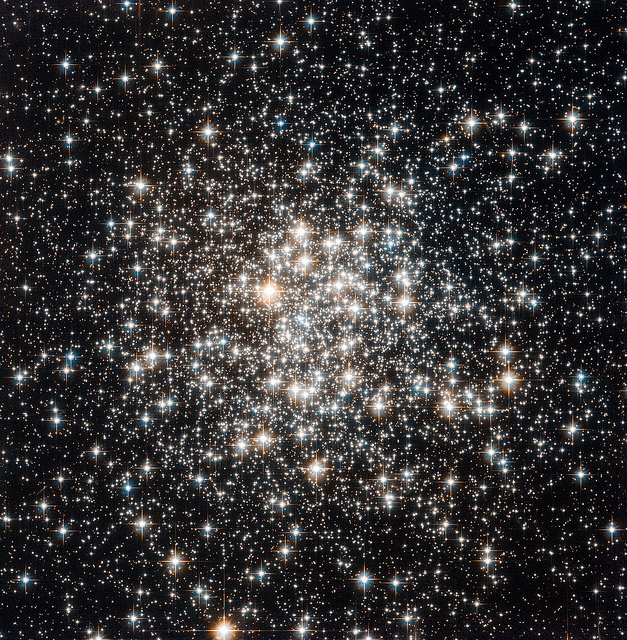
Herschel Space Telescope Stops Working
Europe’s Herschel Space Laboratory has run out of liquid helium essentially needed to run Herschel Space Telescope, the largest infrared telescope ever launched into space. The helium was needed to maintain an ultra-low temperature for proper functioning of the telescope. This has come as no surprise to the scientists as the helium reserves for the telescope launched in 2009 had…
-

Time to Clean Up Space
The experts at 6th European Conference on Space Debris, held in Darmstadt, Germany have concluded that too much space junk has accumulated in space and that now we should be worrying about cleaning it up. Are you wondering what is this all about? What is space junk or debris? Space junk refers to part or whole pieces…
-

Satellites or Smartphones?
The Smartphones are getting ready to go where no man has gone before! Well, kind of. NASA sent, on April 21st, three Android smartphones to the space by placing them inside specially designed cube boxes and placing them on a orbit at a distance 240 kilometers from the Earth. These are Android phones made by HTC…
-
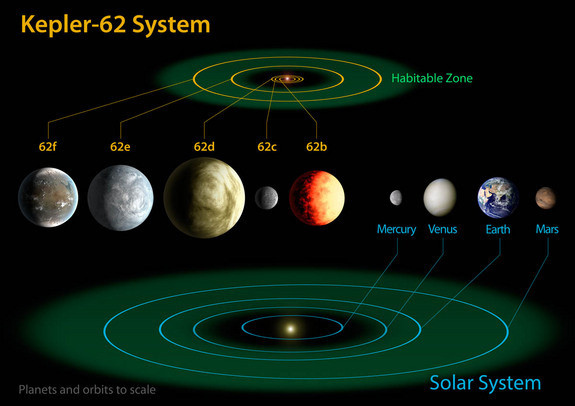
Earth like Planets Found
In a forever quest for looking at the Universe, the scientists have now found two Earth like planets revolving around their host star. Just like earth revolves around the Sun. This host star is 1200 light years away and is called Kepler-62, this star is located in the Constellation Lyra. The two planets are named…
-
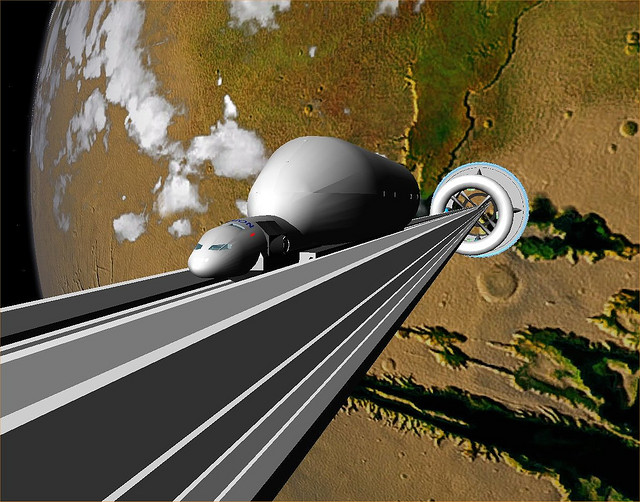
To Space in Six hours
Can you believe it? A manned Soyuz spacecraft has docked at the International Space Station (ISS) after a journey of mere six hours. The journey that usually takes a couple of days was cut short by forty two hours because scientists cut short the number of orbits the spacecraft travelled. Spacecraft displayed some very fine…
-
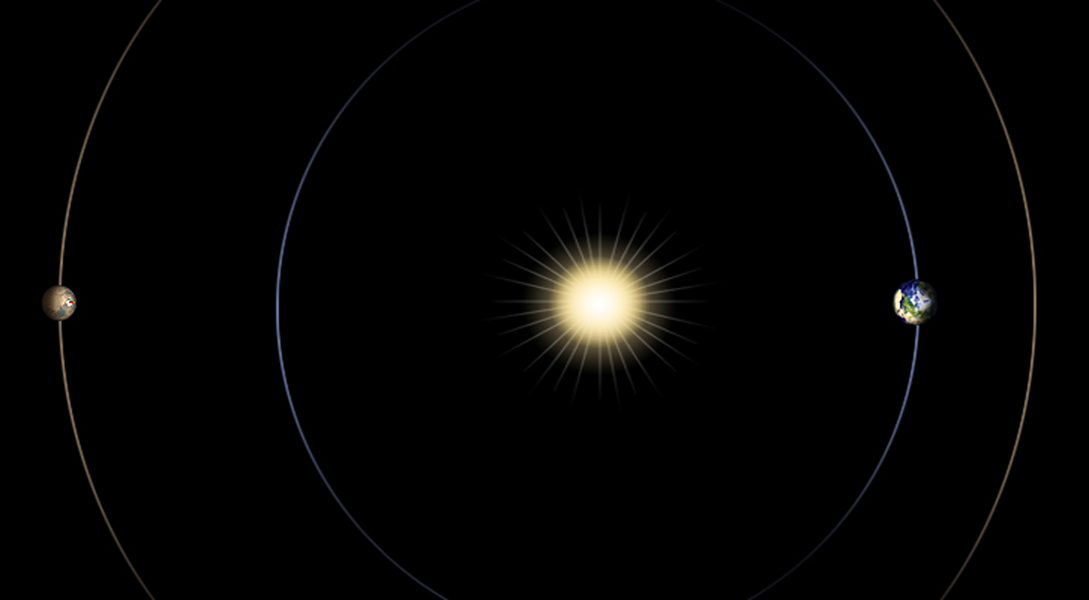
Curiosity to Rest in April
Don’t worry! There is nothing wrong with our beloved Mars rover. Curiosity will rest because it will not be receiving any command or signals from NASA during this time due to occurrence of a solar conjunction. Solar conjunction occurs when the sun passes between the Earth and another planet. Mars solar conjunction happens once about once every…
-

What made the Dinosaurs Disappear?
Till date the scientists believed that it was an asteroid or a huge volcanic eruption that wiped out the dinosaurs. Recently, after a lot of research it was concluded that the culprit, maybe, was a speeding comet. Now, some of you might be wondering what is the difference between an asteroid and a comet? Asteroids are made up of metals…
-
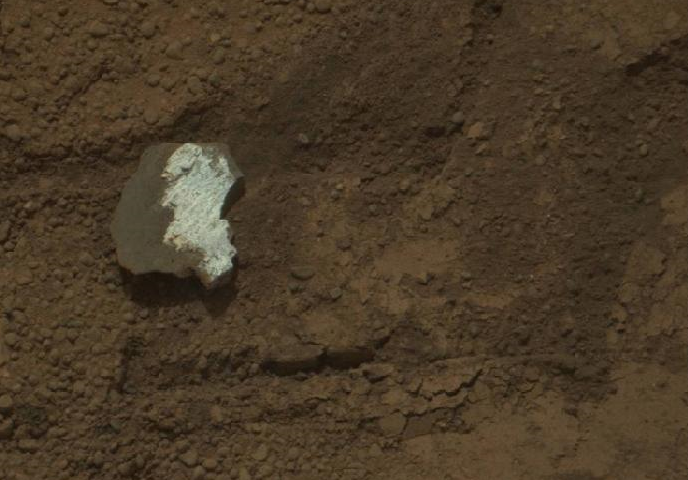
Curiosity’s Pleasant Accident
Sometimes accidents can be pleasant too. You bumping into a friend by accident! Finding a penny in the sand by accident! Curiosity rover Mars recently walked over a piece of rock by accident. But to everybody’s pleasant surprise, the rock named Tintina, broke open to reveal its white colour from inside. So what does this…
-

Solar Storm to Create Stunning Auroras
On March 12, there was a powerful solar storm that originated from a sunspot known as Active Region 1690. In a solar storm, a huge cloud of super heated particles is released from the Sun into the space. This storm though not directed towards the Earth, will surely pass it. When these high energy particles from…
-

Planet with Water?
Scientists have discovered traces of water on a planet named HR8799c , outside our solar system. The enormous planet is 130 light years away from Earth and about seven times heavier than the largest planet on our solar system, Jupiter. Just to give you an idea how big the planet is, Jupiter is 318…